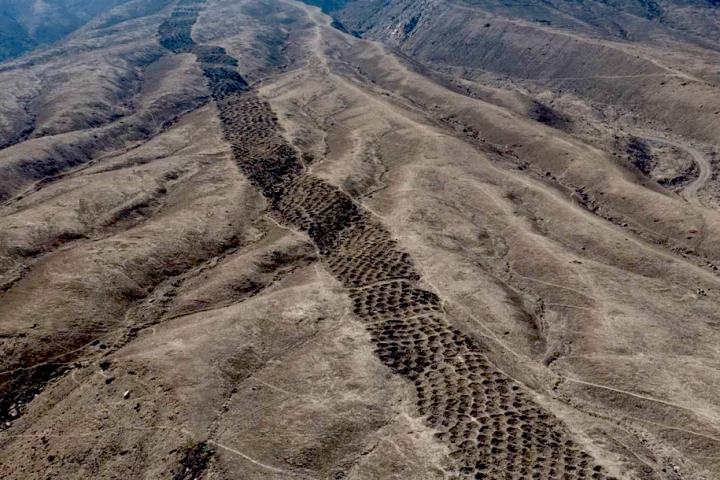If air taxi services ever take off, you might want to hold onto your hat very firmly. A new FAA report looking at various eVTOL prototypes shows that when they take off and land they have a downwash from rotors equivalent to hurricane-force wind.
Film buffs may remember the opening of the 1965 musical The Sound of Music where the camera swoops over the Austrian alps and zeros in on a distant Julie Andrews dancing in a mountain meadow. What was edited out was Miss Andrews getting knocked on her backside, thanks to the downwash from the camera helicopter.
These DownWash and OutWash (DWOW) effects are notorious for helicopters and are one of a number of reasons why helicopter air taxi services have never been very successful. Since eVTOLs are governed by the same laws of physics as helicopters, the US FAA is very interested in learning as much as possible about the DWOW effects of the new aircraft being developed for what is hoped will be the first truly successful air taxis.
For the new report, the agency tested three unnamed prototypes with a maximum take off weight of below 6,500 lb (2,950 kg) in various rotor configurations and blade numbers. Around these were placed sensors at different distances and heights to measure air pressure to help digital simulators reconstruct airflow patterns.
What they found was that the eVTOLs generated downwashes at speeds of up to 99.3 mph (159.8 km/h). That's a Beaufort wind force scale of 12 or equivalent to a hurricane. The pedestrian safety wind limit is 34.5 mph (55.5 km/h). According to the FAA, these effects exceed agency recommendations for safety areas at vertiports or heliports. Such winds could result in the lifting of unsecured objects off the ground, knocking people about in the vicinity like tenpins, and kicking up enough dust to cause brownout visibility.
None of this means air taxis are off the menu, but it will mean tweaking the regulations and making various recommendations about how and where large eVTOLs can operate. These include extended safety zones, setting up Downwash Caution Areas (DCA) with restricted access, and developing high-capacity computer analysis to better understand the safety issues.
How to deal with air taxis working in the vicinity of Austrian governesses frolicking in the Edelweiss has yet to be determined.
Source: FAA





